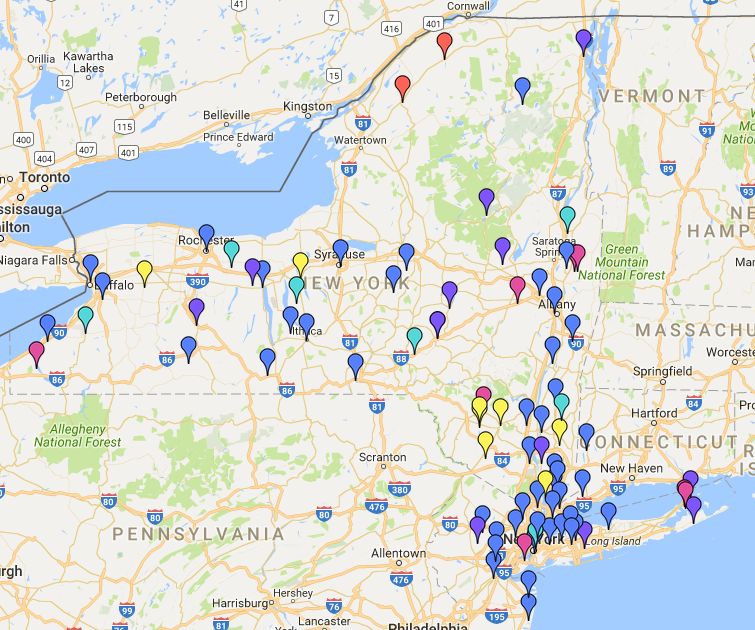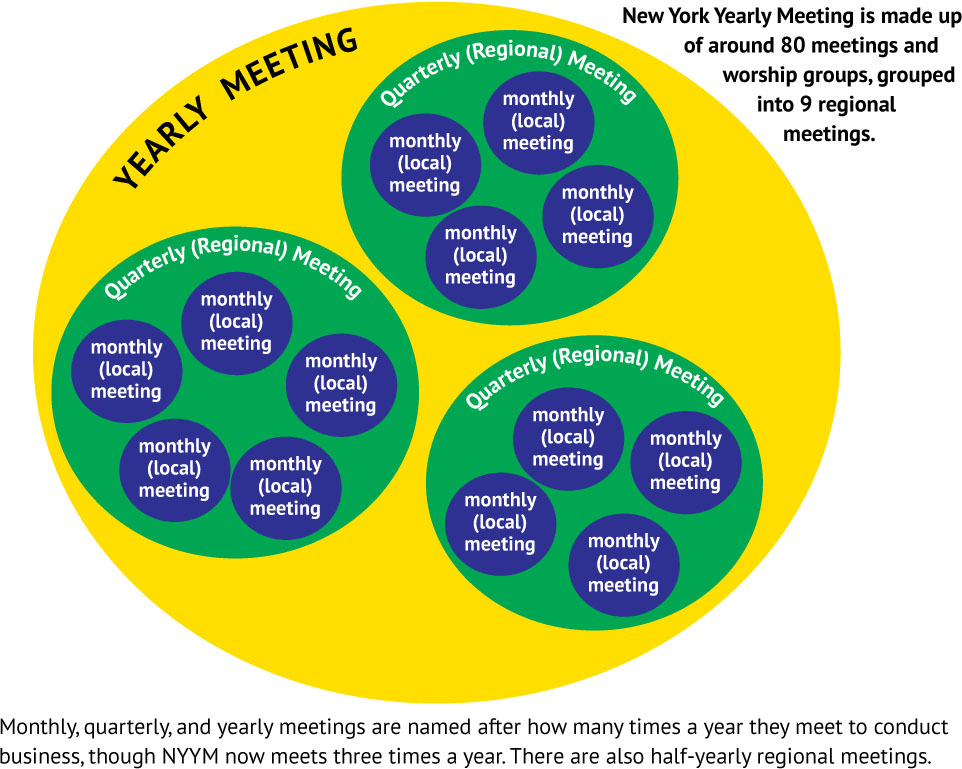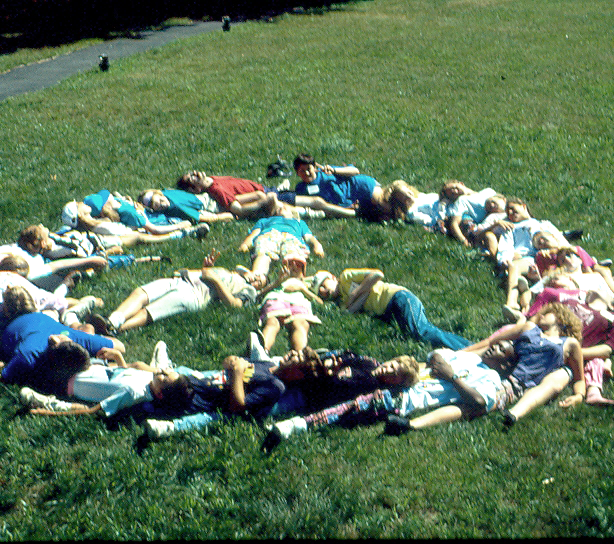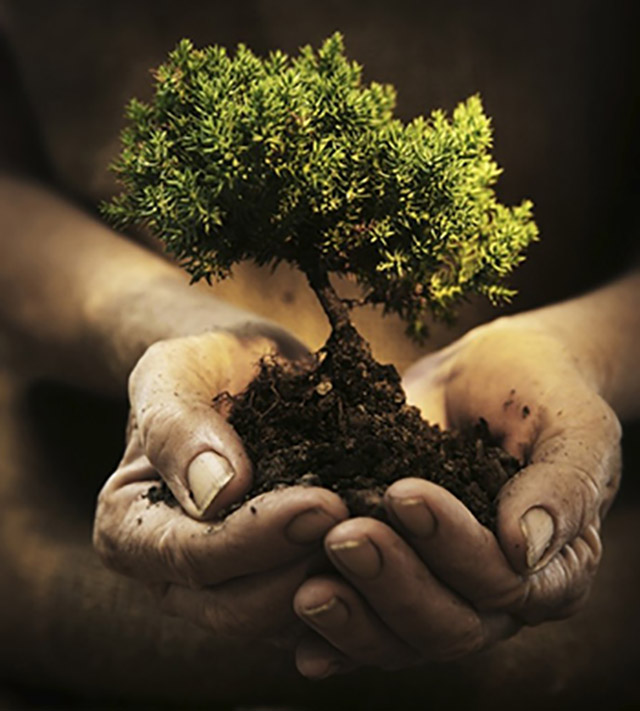EcoEating at Fall Sessions
by Sheree Cammer
Albany Meeting
Friends, we are embarking on an experiment. Perhaps it will be contagious. We hope so!
Quaker process may seem cumbersome and slow, but I have been learning there are no shortcuts to the various levels of group discernment in Spirit. Much interest about the food we eat was apparent at 2018 Summer Sessions. The NYYM Earthcare Working Group (EWG) brought a proposal to the Witness Coordinating Committee and to the Fall Sessions Host Task Group. Both approved the initiative, in which the EcoEating Task Group (EETG), a subgroup of EWG, is to collaborate with Powell House to see what can be done about eco-eating at Fall Sessions
And so it came to pass that the EETG met with Powell House staff. Farm-to-Table dinner plans are in the preliminary stages. Planned ingredients are to be seasonally available, local, and sustainably raised (using only natural fertilizers and pest controls, and organic or biodynamic methods which optimize soil health). The EETG plans to source ingredients for the chef’s menu and to coordinate deliveries. The EETG is committed to keeping costs within the usual limits. Anticipated additional labor and ingredient costs are planned to be covered, thanks to a grant from EWG, food donations, and likely another grant. We will strive to offer one entrée option that includes grass fed, grass finished meat as a minor ingredient.
Looking at the longer term, the Drawdown Project promoted by the EWG includes several agriculturally related initiatives that can draw carbon out of the atmosphere and sequester it in soils. Such actions increase soil fertility, hold moisture during droughts, and reduce runoff during extreme rainfalls. Farming practices that accomplish carbon sequestration include tilling as little as possible, never leaving soils bare, avoiding synthetic fertilizers or pesticides, and keeping roots alive in the soil. These practices allow microbial communities to thrive underground. Such communities can keep the carbon in the microbial ecosystem for centuries. Desertification can be reversed with wise use of this regenerative agriculture.
Animals raised on pasture from these soils add their organic poop to the loop, and trample plant matter into the soil. When the grazing animals are moved at optimal times, the pasture regenerates. Each year more and deeper roots carry carbon further down into the soil. Thus, soil health increases. Feedlot meat results in far more greenhouse gas emissions than animals raised on pasture and fed hay during the winter, because the production of grain and soy are major culprits in greenhouse gas emissions. Pastured animals, raised for meat or dairy products, are able to engage in normal animal behavior while grazing. Since much land is too hilly for growing crops, pasturing animals in such areas need not take desirable cropland.
The EETG welcomes your offers of help for the Fall Sessions Farm-to-Table dinner. If you are interested in food donations or delivering produce, please talk to Sheree. For more information on EETG, or to volunteer, contact Sheree Cammer at [email protected]. Check the NYYM EWG webpage (nyym.org/committee/earthcare-working-group) to sign up for Google Group discussions on this and other EWG topics.





